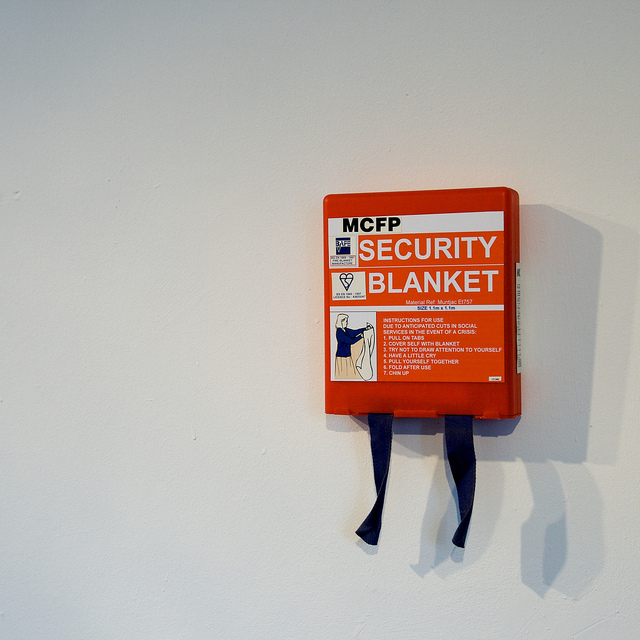One of the biggest impediments to starting a new venture is the “terror barrier,” a concept popularized by Bob Proctor, a 75-year-old millionaire and world-renowned entrepreneur. This is the imaginary barrier that always seems to appear at that critical point where we would normally step out ahead of peers or competitors, but stop short due to fear.
Everyone has a comfort zone or level of risk where they feel in control. The problem is that if you stay in that comfort zone too long, you don’t learn or achieve new objectives. According to Proctor, all growth takes place outside that comfort zone, and the edge of that zone is called the “terror barrier.”
If you want to be an entrepreneur and start a new business, you must be willing and able to break through your terror barrier. If you hope to succeed with any real, new opportunity, you must be willing to learn new skills, set high goals and get out of your comfort zone.
Overcoming the terror barrier requires a passion for the new dream, a willingness to take a risk and the determination to never quit. In addition, it helps to have a few specific strategies, like the ones outlined by Ingunn Aursnes a while back, to help you push through.
1. Reconfirm how you have successfully dealt with terror barriers in the past.
Everyone has had to deal with terror barriers. Convince yourself that this one is only incrementally larger, not a huge jump. Contemplate the things that have worked before for you and the things that cause you to go off track.
Some people procrastinate, make excuses or feel real fear. We all have our “security blanket,” like sessions with a trusted friend, classroom training or prayers to reduce the pain and keep us moving forward.
2. Set specific goals, rather than rely on a generic dream.
Make the goal increments small so you can see yourself making each step, rather than facing a step the size of a mountain. Create a picture in your mind of you achieving your end result, like you getting a Nobel Prize for curing cancer or relaxing on a beach with no more money worries.
Then write down and prioritize your goals. If they are not written down, they don’t exist, and it’s easy to forget the real meaning behind them. But don’t be overwhelmed working out the details, and all the steps required, all at once. Work on one step at a time.
3. Take the first step toward your first goal.
You never get anywhere until you start. It doesn’t have to be a big step, but it has to be in the right direction. Put a stake in the ground, and start measuring how far you have gone. Remember that everyone takes one step backward for every two steps forward, so setbacks are normal bumps.
Everyone learns more from failures than from successes. Moving forward and accomplishing goals is a process, not a continuous motion. After the first step, the second is easier, and after the first goal gives you confidence, the second will be easier.
4. Recognize the terror barrier and see it as a growth opportunity.
Take satisfaction in widening your comfort zone, the opportunity to learn and the progress toward your goals. Use your mentor or support organization to get you over the hurdle and celebrate the success.
For team members, don’t forget your responsibility to help other members over their terror barriers. Helping others is the best way to forget your own fears and build the satisfaction of leadership, as well as learning.
5. Iterate the process, picking up confidence and momentum along the way.
The more you persevere and keep moving in the direction of your goal, the easier it will seem and the better results you will achieve. Even if the terror barriers get tougher, they will seem easier as momentum helps you achieve more of your goals.
People who avoid facing the terror barrier or who back away easily are actually falling behind, and they will quickly become less confident, less determined and less happy. You want the spiral to go the other way, toward greater levels of success, ability to achieve greater goals and to be a successful entrepreneur. Follow these steps and put your terror barriers behind you.





